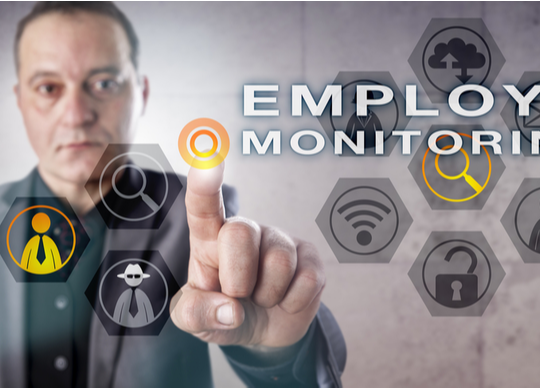
Australians may have allowed the office into their home, expedited by COVID-19, but they draw the line at employers using monitoring technology when working from home, according to the new Unisys Security Index.
The findings signal a need for new, outcome-based approaches to performance management and open conversations about privacy, acceptable purpose, trust and permission, a Unisys advises.
When asked if they would be comfortable if their employer allowed them to work from home but required a certain level of monitoring, most Australians do not support monitoring measures regardless of whether they are for productivity, security, or support purposes.
Key data points include:
- § 82% reject facial recognition on webcams to authenticate who is using the computer
- § 85% don’t want to share passwords
- § 81% believe monitoring their computer screen is off limits
- § 85% deny their organisation access to their microphone
- § 62% aren’t comfortable with login/logout monitoring
- § 73% don’t want software response times monitored to receive proactive IT support
- § 76% reject mandates to turn on video for meetings to see if they are paying attention
- § 81% don’t want their browser history checked
- § 81% disagree with keyboard activity level monitoring
Overall, female Australians and self-employed, small-to-medium business owners are the least comfortable with monitoring measures.
The 2021 Unisys Security Index for Australia, the overall measure of security concerns of the Australian public, is 159 out of 300, up two points from 2020 and the highest in the 15-year history of the study for Australia. The top four security concerns are data/privacy related: ID theft (59% of Australians concerned about this issue), hacking and viruses (57%), bankcard fraud (55%) and online shopping (49%). Whereas natural disasters, including pandemics, had been the top concern in 2020.
Time for New Approach to Employee Performance Management
According to Leon Sayers, director of Advisory at Unisys in Asia Pacific, “Privacy is a top concern and people are protective of their home space. While for many people, working from home offers benefits of less commuting time and more work-life balance, for others it is an imposition necessitated by the COVID response. Being mandated to work from home is different from volunteering for it. Employers must gain trust and permission to introduce monitoring technologies into that space. A two-way discussion is critical to successful organizational change management. And just because the technology allows you to do something doesn’t mean it is always appropriate.”
Sayers says it is time to re-think how managers monitor performance and productivity. “First you need to look at the type of role. What is more critical – the input (time spent on a task) or the output (the deliverable). For example, using technology to monitor how quickly call centre staff working from home answer a call and resolve a customer’s problem is a key metric of the role and service delivered to the customer. Whereas for other ‘knowledge’ jobs it would be more relevant to measure if they delivered something of the agreed quality by the required deadline – you don’t need to know when they logged in or how long it took them,” he said.
Not All Monitoring is ‘Big Brother’
Some monitoring measures offer positive benefits to employees – such as monitoring software response time so that the IT team can proactively fix impending issues before they impact you – called ‘intelligent IT support,’ or using facial recognition technology to quickly confirm that it is you sitting at your laptop, without you needing to re-enter your password.
“But adding new function and purpose to an existing tool requires a fresh conversation: We accepted webcams at home to aid collaboration – not security. Employers need to lead open discussions about the intended purpose and benefit of such measures if they are to be accepted in the home workplace. The willingness to use a technology is critical to the successful roll out of any digital transformation,” Sayers explained.
People aged 18-24 years are the least comfortable with having their log in/out times monitored (27% comfortable compared to 35% and higher for older age groups). However, younger people are more comfortable with proactive monitoring of software response times than older people, perhaps signalling the way the future digital workforce expects to be able to access the IT tools they need to do their job.
You can read the full report here.






